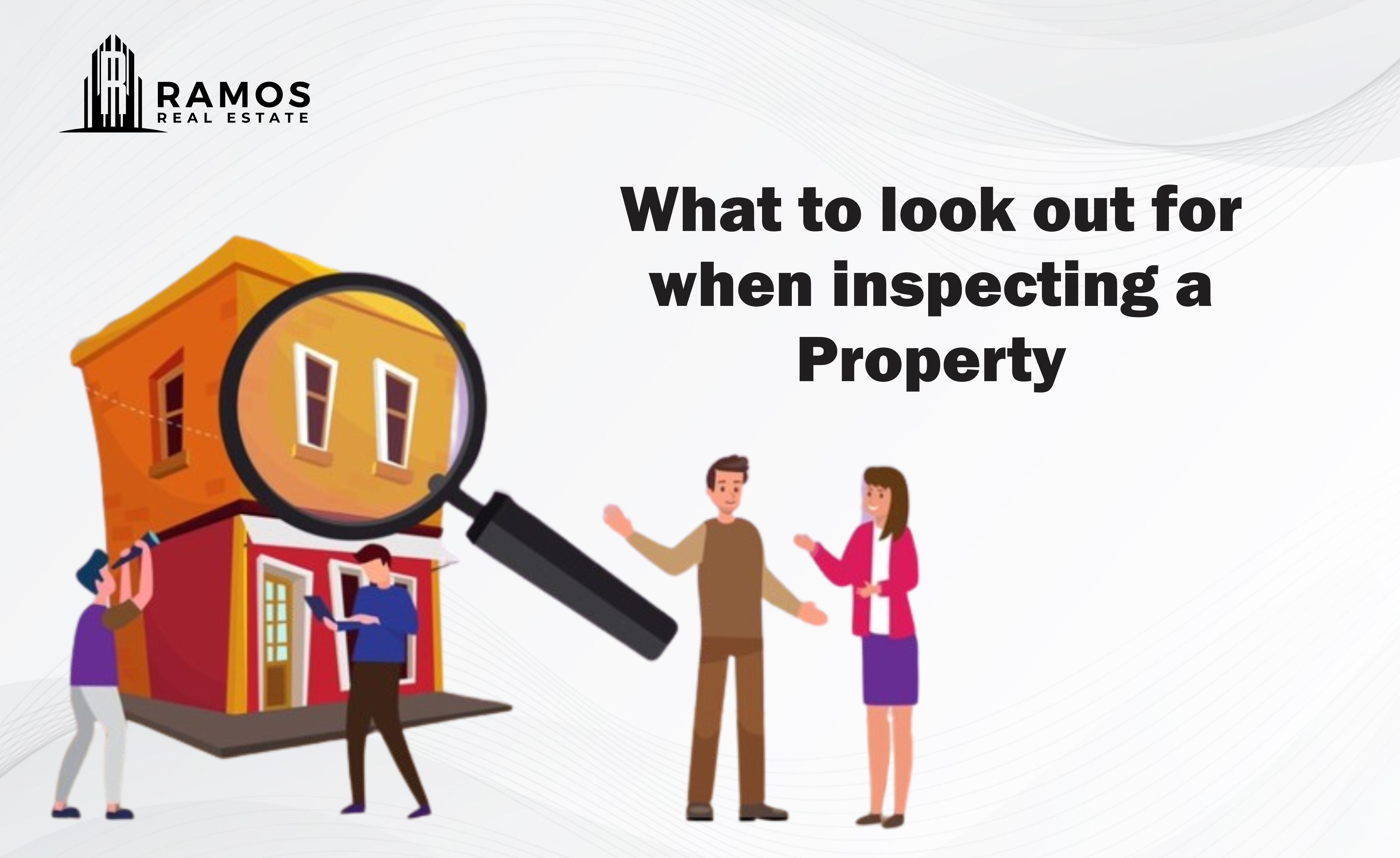Inspecting a house is a crucial step in the process of buying a property. It’s your opportunity to thoroughly evaluate the condition of the house and identify any potential issues before making a significant investment. Whether you’re a first-time homebuyer or an experienced investor, knowing what to look out for during a house inspection is essential. Here’s a comprehensive guide to help you navigate the inspection process effectively:
- Structural Integrity:
The structural integrity of a property is fundamental to its safety and longevity. Look for any signs of structural damage such as cracks in the walls, uneven floors, or sagging ceilings. Pay close attention to the foundation, as any issues here can be costly to repair when inspecting a house.
- Roof Condition:
Inspect the roof for missing or damaged shingles, signs of water damage, and areas of wear and tear. Check the roof gutters and downspouts for debris and ensure they are properly attached. A well-maintained roof is essential for protecting the interior of the house from water damage.
- Plumbing System:
Check for leaks, water stains, and signs of water damage around sinks, toilets, and bathtubs. Test the water pressure when inspecting a house and ensure that all faucets and fixtures are in good working condition. Look for any signs of outdated or faulty plumbing systems that may need to be replaced.
- Electrical Systems:
When inspecting a house, ensure you check electrical panel for any signs of overheating, corrosion, or outdated wiring. Test light switches, outlets, and appliances to ensure they are functioning properly. Pay attention to any flickering lights or frequent circuit trips, as these could indicate underlying electrical issues.
- HVAC (Heating, Ventilation, and Air Conditioning) Systems:
Check the heating, ventilation, and air conditioning (HVAC) systems to ensure they are in good working order. Test the thermostat and inspect the ductwork for any signs of damage or leaks. Consider the age and condition of the HVAC systems, as replacements can be costly.
- Insulation and Ventilation:
Evaluate the insulation levels in the attic and walls to ensure proper energy efficiency. Check for adequate ventilation in the attic and crawl spaces to prevent moisture buildup and Mold growth. Proper insulation and ventilation are essential for maintaining a comfortable and healthy indoor environment.
- Exterior:
When inspecting a house ensure to inspect the exterior of the property for signs of damage such as peeling paint, rotting wood, or cracks in the siding. Look for any evidence of water damage or pest infestation, including termite tunnels or rodent droppings. Consider the landscaping and drainage around the property, as improper grading can lead to water intrusion.
- Environmental Hazards:
Be aware of potential environmental hazards such as asbestos, lead paint, radon gas, or mold. While some of these may not be visible during a visual inspection, it’s essential to be aware of the risks and consider hiring specialized inspectors if necessary.
Conclusion:
Inspecting a house requires attention to detail and a thorough understanding of what to look out for. By focusing on key areas such as structural integrity, roofing, plumbing, electrical systems, HVAC, insulation, exterior, and environmental hazards, you can identify any potential issues and make an informed decision about the property. Remember, a comprehensive inspection is essential for protecting your investment and ensuring the long-term safety and comfort of your home.





